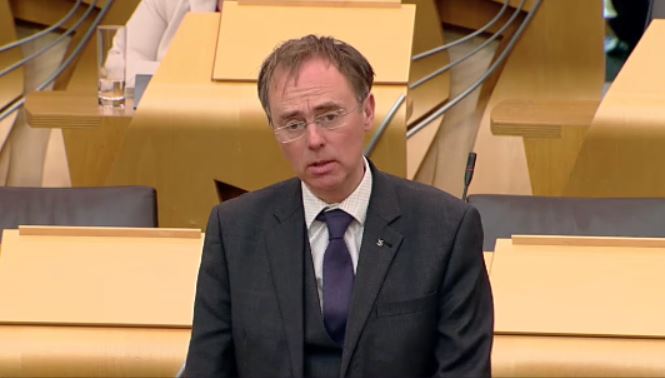Housing charity Shelter has said the Scottish Government’s new Rural and Islands Housing Action Plan (RIHAP) will not solve the ‘housing emergency’ currently being experienced across the Highlands and Islands.
With the charity noting that last year saw a 14 per cent increase in the number of households assessed as homeless in the Highland Council area, it says the RIHAP, which was published on October 13, ‘does not indicate the government recognises the severity of the situation’.
“While there are some nods and hints at new initiatives, a housing emergency needs an emergency response,” Alison Watson, the charity’s Scotland Director, said.
“People in Skye, the Western Isles and Lochaber know they’re living in a housing emergency, and they need their politicians to show that they understand that and to commit to the kind of swift, radical action necessary to fix it.”
The 58-page RIHAP is headlined by a promise to build 110,ooo affordable homes by 2032, with at least 70 per cent available for social rent and 10 per cent to be built in remote, rural and island communities.
It also proposes to free up stock by allowing councils to apply up to a 100 per cent council tax premium on second homes, as well as a variety of other short-, medium-, and long-term solutions.
However, in his introduction to the report Housing Minister Paul McLennan MSP said there was no ‘silver bullet’, and ‘collaborative action will be vital to address a wide range of issues’.
The report also noted that housing availability and affordability for local communities and workers was affected by tourism and second homeowners.
The need for newly built stock to be used for community housing was stressed in responses to the RIHAP by west coast MSPs Kate Forbes and Alasdair Allan.

Ms Forbes, MSP for Skye, Lochaber and Badenoch, noted that affordable housing is one of the most pressing needs in Lochaber, and depopulation could only be combatted with a sufficient number of homes.
She said: “In the last five years, we have seen a major improvement in affordable housing and I’m pleased to see the Scottish Government now committing to further action.
“What is also key is that we need to protect these homes from being turned into holiday homes or being sold at market rates which are beyond the reach of local families. We are at risk of losing key employees, young families and jeopardising entire industries who can’t recruit for lack of housing.”
Dr Allan, Na h-Eileanan an Iar MSP, said the only hope of tackling demographic problems in the Western Isles was by having enough affordable housing for young families.
He was positive that proposals in the government’s plan would help.
Dr Allan said: “I very much welcome the commitment to 11,000 homes in rural and island areas over the next decade, as well as the commitment to support community-led housing and to build on the work being done to bring empty homes back into use.
“I regularly hear from industry about the challenges they have with supply chain issues, labour shortages and skills, and I welcome the plan’s focus on these areas.”
The RIHAP can be viewed and downloaded on the Scottish Government publications website.